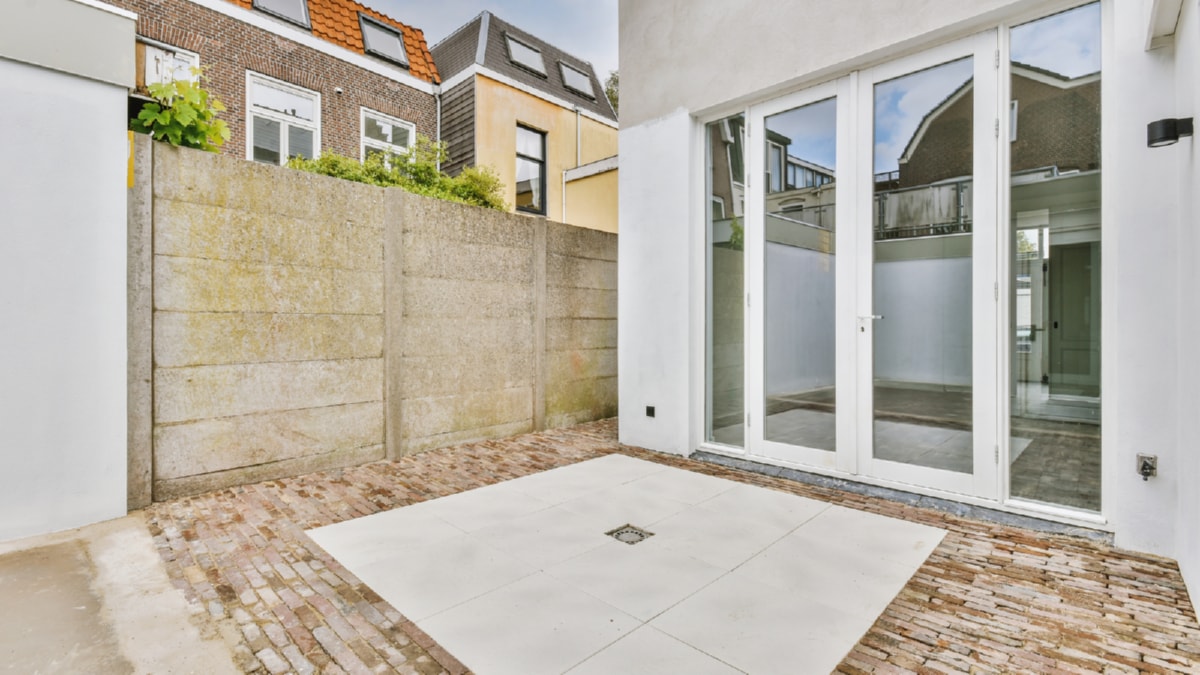Green building techniques have emerged as a solution to the growing environmental concerns associated with traditional construction processes. These techniques are designed to minimize the environmental impact of buildings, promote energy efficiency, and improve occupants’ health and comfort. By utilizing these techniques, construction projects can achieve a high level of sustainability, contributing to the broader goal of a green future.
One of the most effective green building techniques is the use of sustainable materials. These include recycled and renewable materials, as well as those that are locally sourced. By using such materials, we can significantly reduce the amount of waste generated during construction and minimize the energy consumed in the production and transportation of materials. In addition, sustainable materials typically have a longer lifespan than their conventional counterparts, reducing the need for replacement and the associated environmental impact.
Energy efficiency is another crucial aspect of green building. Techniques such as proper insulation, the use of energy-efficient appliances and lighting, and the incorporation of renewable energy sources, like solar panels or wind turbines, can significantly reduce a building’s energy consumption. This not only leads to reduced greenhouse gas emissions but also results in significant cost savings over the building’s lifetime.
Water conservation is also a key component of green building. Techniques such as rainwater harvesting, greywater recycling, and the use of water-efficient fixtures can help reduce a building’s water footprint. These practices not only conserve a vital resource but also lower utility bills and reduce the strain on municipal water supplies.
Green buildings also prioritize indoor environmental quality to ensure the health and comfort of occupants. This involves using low-VOC materials to reduce air pollution, incorporating natural light to enhance visibility and mood, and ensuring proper ventilation to maintain indoor air quality. By creating a healthier indoor environment, green buildings can improve occupants’ productivity and well-being.
In addition to these strategies, green building also involves careful planning and design. By taking into account the site’s characteristics, climate, and the building’s intended use, designers can optimize the building’s environmental performance. For instance, orienting a building to maximize natural light and heat gain in winter, while minimizing it in summer, can significantly reduce energy needs.
Lastly, green building techniques also involve considering the building’s entire lifecycle. This means planning for the building’s eventual deconstruction and ensuring that materials can be recycled or responsibly disposed of at the end of its life. This lifecycle approach can significantly reduce the building’s overall environmental impact and contribute to a circular economy.
In conclusion, green building techniques offer a multitude of benefits, from reducing environmental impact and energy consumption to improving occupants’ health and comfort. By utilizing these techniques, construction projects can achieve a high level of sustainability and contribute to the broader goal of a green future. While implementing these techniques may require initial investment, the long-term savings and benefits make it a worthwhile endeavor. As such, all stakeholders in the construction industry should actively promote and adopt green building techniques for a sustainable future.
For more details, check best masonry services or visit their business listing here.



